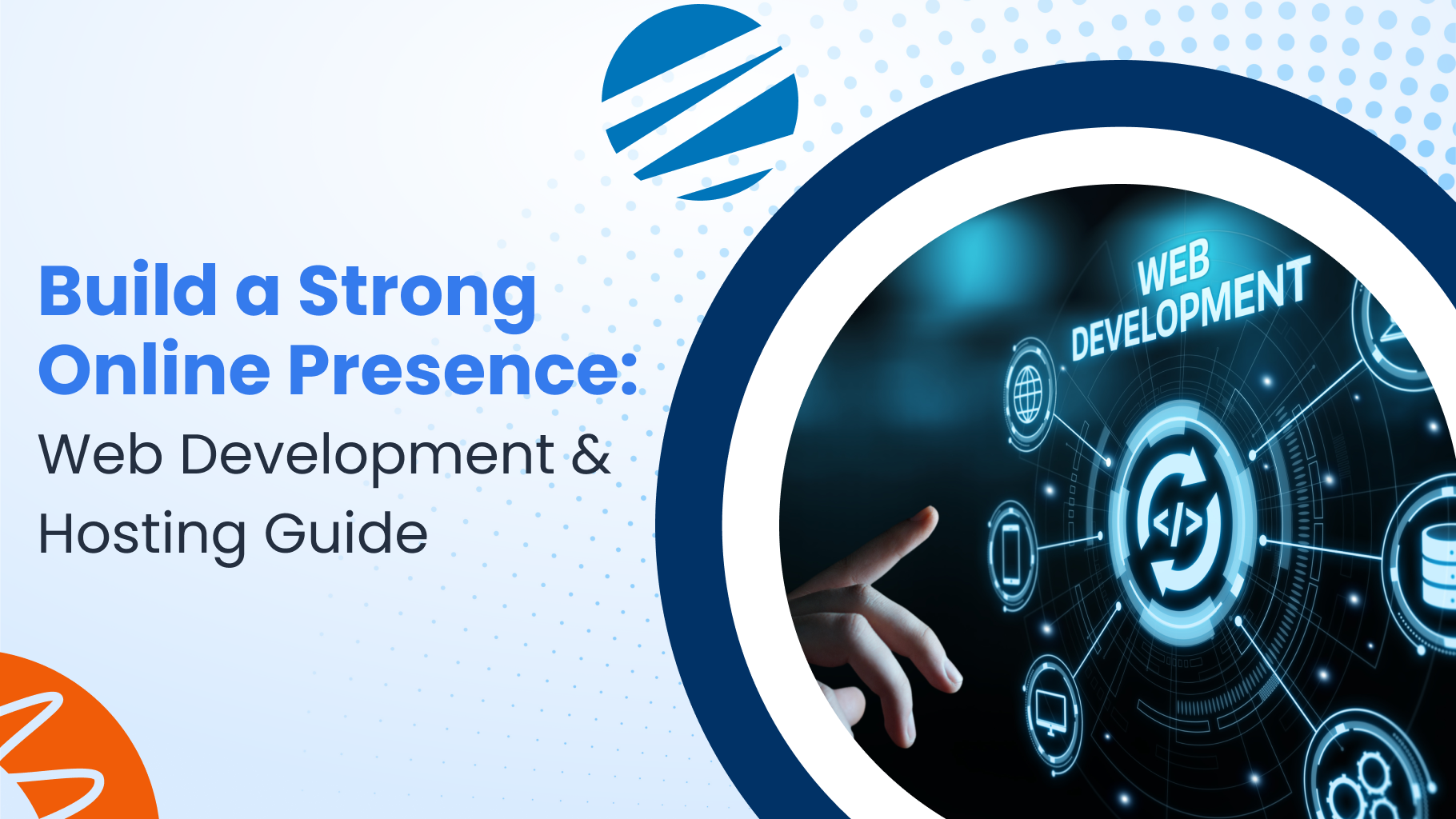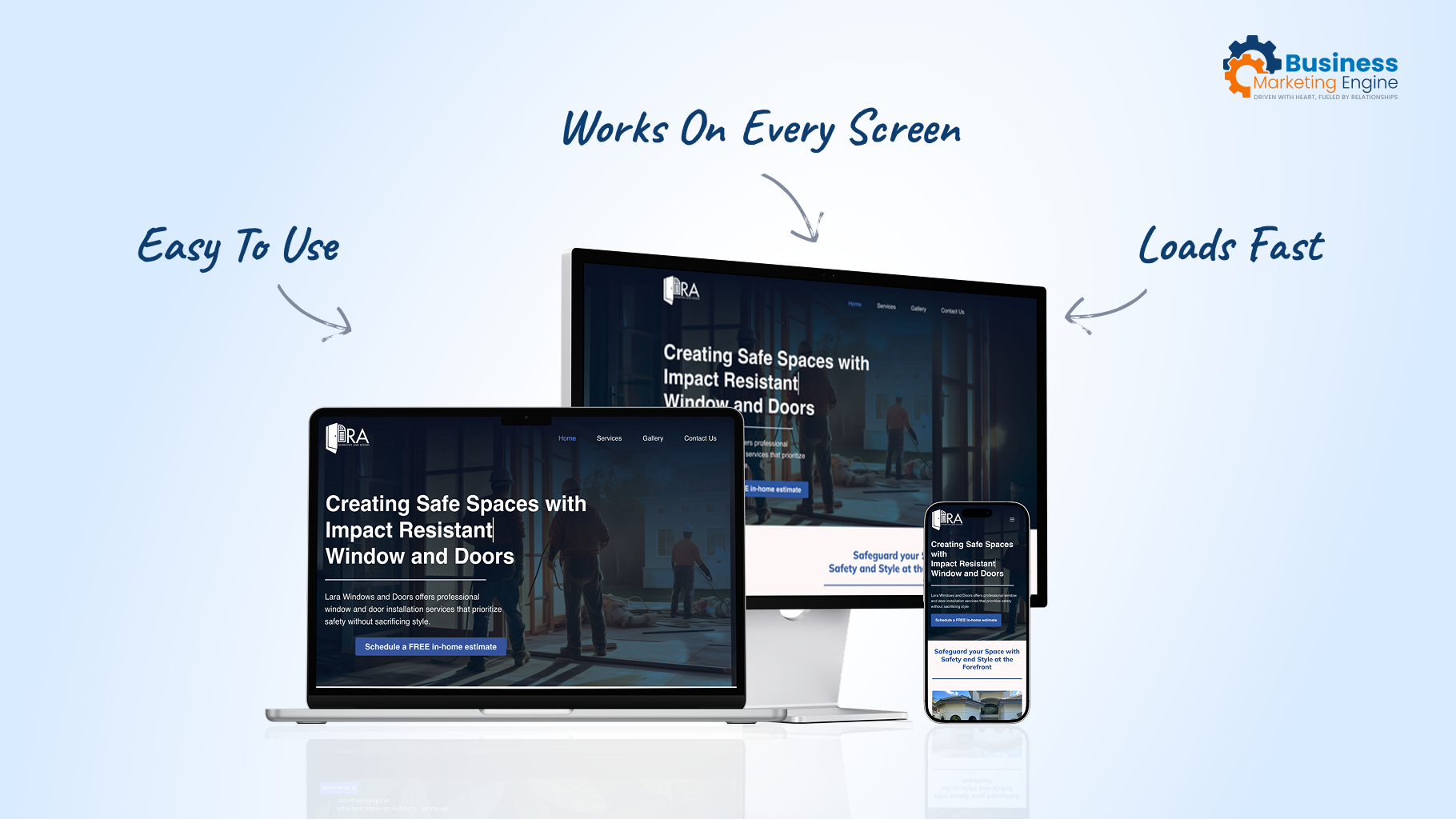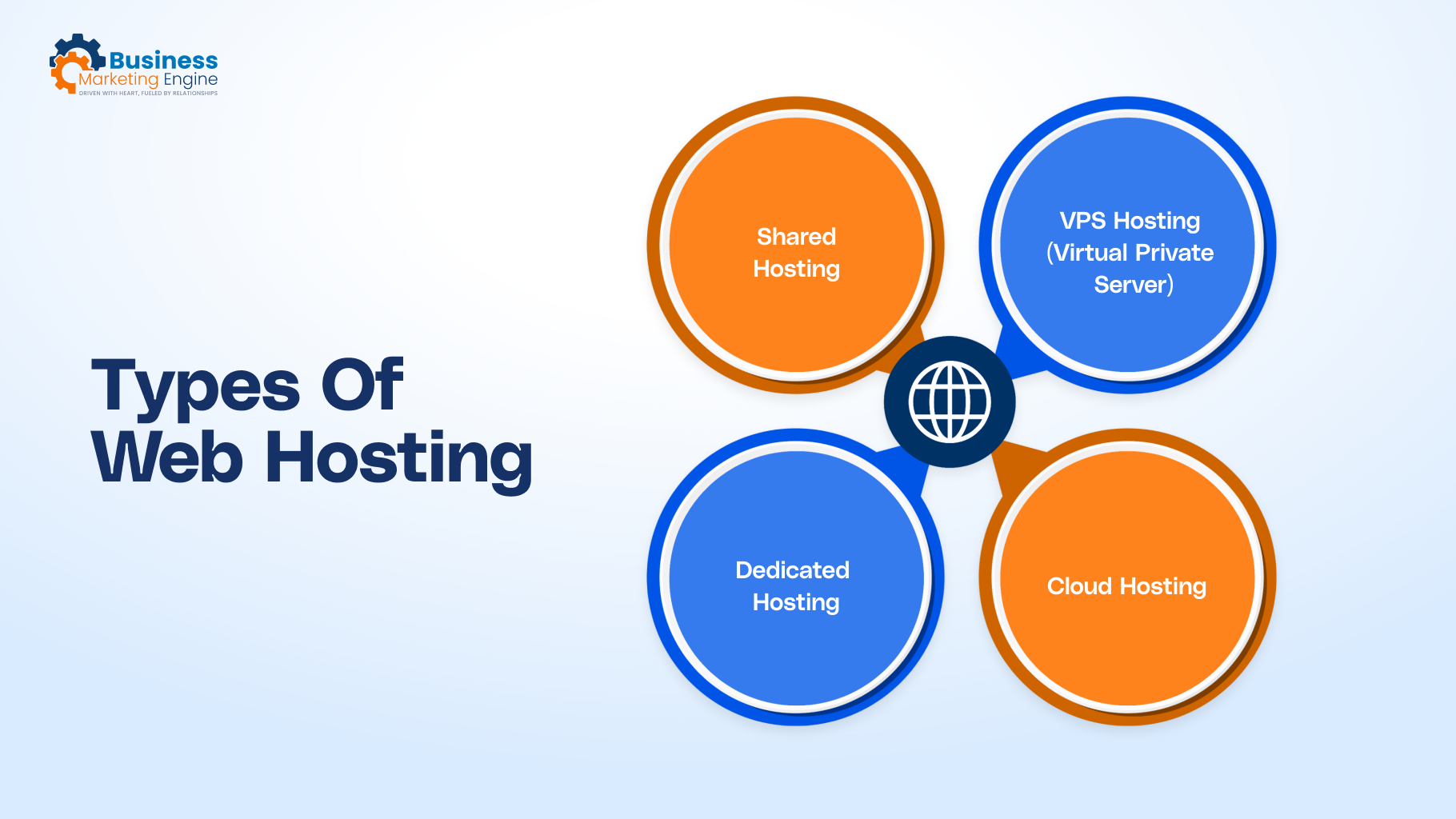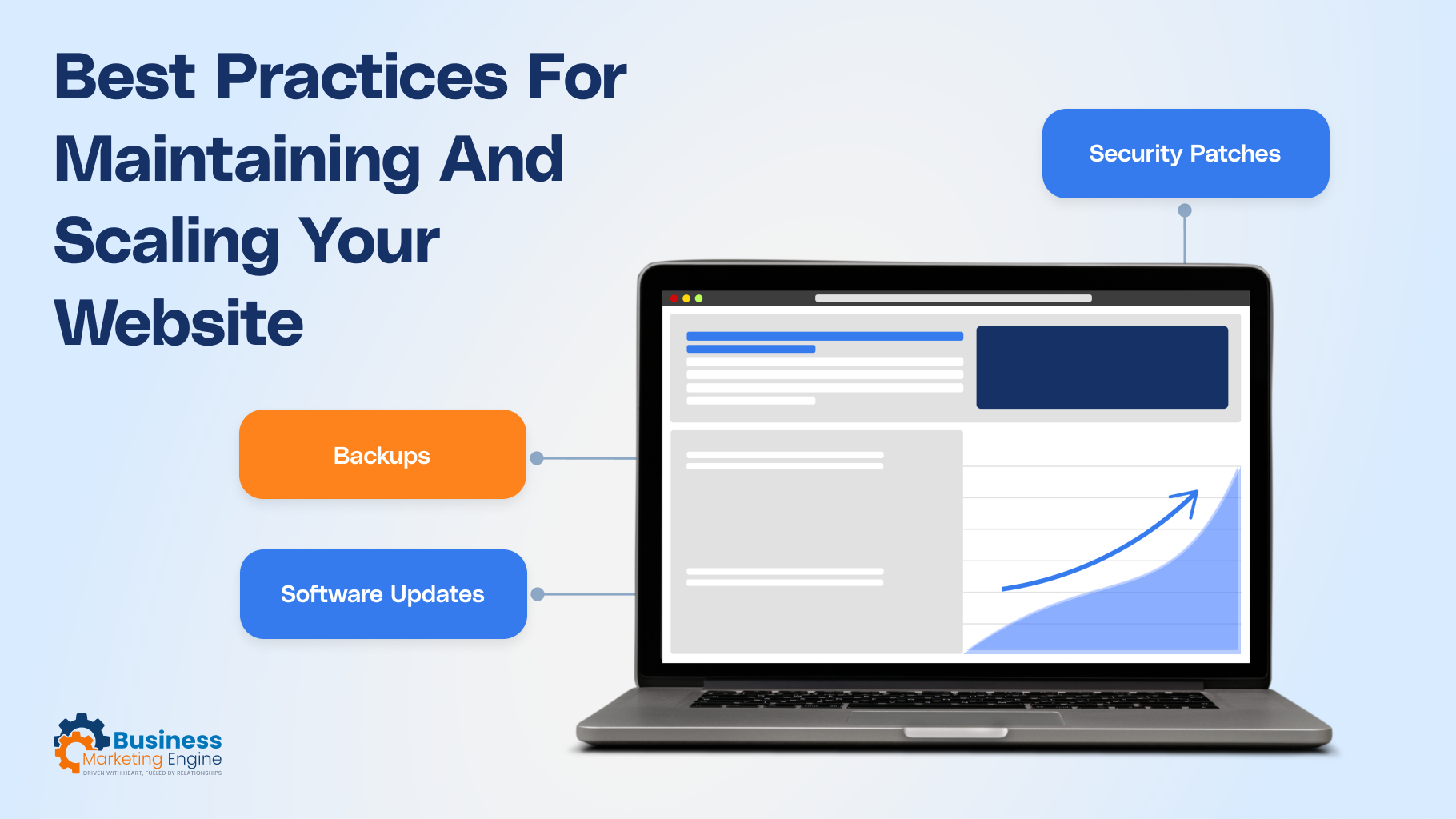Let’s face it: we’re all living online.
According to DataReportal, the average internet user spends 6 hours and 38 minutes online each day!
Those are your potential customers out there, searching, but are they finding you?
A compelling website and strong online presence are essential to attract prospects to your brand.
Wondering how to build a strong online presence? We’ve got you covered.
This guide will explore everything from crafting an engaging site to selecting the perfect hosting solution, giving you the tools to build a powerful digital presence.
Web Development: The Foundation of Your Online Presence
To create an influential online presence, it’s crucial to start with web development. This is the process for building and maintaining websites. It includes everything from designing the layout to coding and ensuring the site functions smoothly.
Importance of a Well-Developed Website
Why does a well-developed website even matter?
It’s simple – your website is the first impression people have of your brand!
Think of it as your digital storefront. If it’s slow, hard to navigate, or visually unappealing, people will click off right away.
That’s why user experience (UX) is so important!
UX is all about making sure your visitors can easily find what they’re looking for and have a smooth, enjoyable experience.
Let’s face it, no one wants to be frustrated trying to click through pages, especially when they’re on their phone.
Ensure your site is easy to use, loads fast, and works on every screen.
Remember, just because something looks nice on your computer doesn’t mean it will work for your smartphone!
Front-End vs. Back-End Development
If you want your web presence to be engaging across all platforms, then you need to understand front-end vs back-end development.
Front-end development is everything your visitors see and interact with. It’s the design, the layout, the colors, and even the buttons you click. Front-end developers use languages like HTML, CSS, and JavaScript.
Back-end development is what happens behind the scenes. It’s all the coding that ensures your site functions properly, like managing data or running servers. Popular back-end languages are Python, PHP, and Ruby.
Even if you’re not into coding, understanding the basics of both can help improve your digital presence.
Content Management Systems (CMS)
Coding isn’t for everyone! That’s where content management systems (CMS) come in.
A Content Management System (CMS) is a software application that allows users to create, manage, and modify digital content on a website.
Platforms like WordPress, Joomla, and Shopify let you create and run your site without writing a single line of code.
These systems are user-friendly and easy to use – you don’t need to be a tech wizard to maintain it!
Web Hosting: Powering Your Website
Now that your website is ready to be published, here’s how to get it online.
The Role of Web Hosting
Hosting is where your website “lives” on the internet.
A good hosting provider ensures your site loads fast and is always functioning and secure.
When choosing a host, look for things like uptime, speed, scalability, and security. These are the big players that’ll help keep your site running smoothly and grow your online presence.
Types of Web Hosting
If you want your website to be the face of your online presence, you need to choose the right hosting provider.
Here’s a breakdown of your options:
Shared Hosting: This is the most affordable option, but it also comes with some limitations. You share server space with other websites, so if one of them gets a ton of traffic, it could slow down your site. This could be great if you’re just starting out or if you have a small website.
VPS Hosting (Virtual Private Server): There are more resources and flexibility with this host. But, you still share a server. It’s great for growing websites that need a bit more power and flexibility.
Dedicated Hosting: With this host, you get an entire server to yourself! This means full control over your site’s performance. But it’s also more expensive and requires more technical knowledge. This is ideal if you’re running a high-traffic website or need a lot of custom features.
Cloud Hosting: This option is popular right now because it’s scalable. Your website is hosted across multiple servers, so if you get a surge in traffic, it won’t bring your site down. It’s flexible and reliable, but it can be pricier than other options.
Choosing the Right Hosting Provider
When picking a hosting provider, make sure to check their server performance, customer support, uptime guarantees, and pricing.
A cheap option might sound tempting, but it could come with hidden costs, like slow speeds or bad support.
Choose a provider that not only meets your needs now but can also grow with you as your web presence expands.
You don’t want to have to restart your entire website because you didn’t choose a reliable provider!
If you’re eager to learn more about web hosting and development, our expert team is here to guide you every step of the way. Let’s chat!
Integrating SEO into Your Web Development
To avoid costly setbacks and ensure long-term success, it’s also important to integrate SEO into your web development.
Technical SEO Considerations
To ensure your website ranks high when people search for it, you need to understand SEO.
SEO (Search Engine Optimization) is when you optimize a website to improve its visibility and ranking on search engine results pages.
This helps to drive organic traffic to your website, increasing awareness of your online presence.
Key elements of technical SEO include:
- Site Speed: A fast-loading website not only improves user experience but also helps with SEO rankings. Ensure your website is optimized for quick loading times by compressing images and minimizing unnecessary scripts.
- Mobile Optimization: Your website must perform well across all devices, from smartphones to tablets to desktops.
- Clean Code: Having a well-structured code helps search engines index your site correctly.
- Maintenance: Ensure you have proper URL structures, sitemaps, and meta tags.
Content Optimization for Better Search Ranking
Your content optimization influences your online presence. The higher you rank in search engines, the more organic traffic you will attract.
Here’s what you should focus on to drive leads to your website:
- Keyword Research: Conduct keyword research to understand what terms your target audience is searching for. Then, integrate them into your content. This can help search queries find you faster!
- Structured Data: Create structured data to help search engines understand your content. Doing this will allow the search engine to display your website more effectively in search results, improving click-through rates and visibility.
- Relevant Content: Google favors websites that consistently provide high-quality, relevant content. Regularly update your blog, add new products, and ensure your content addresses your audience’s pain points.
Enhancing User Experience (UX)
User experience (UX) directly impacts your online presence, influencing how visitors interact with your website.
Intuitive Navigation
If visitors can’t find what they’re looking for on your website, they’ll leave!
That’s why navigation is an important aspect of providing a great user experience.
Use a simple, organized menu that directs visitors to key sections of your site. Don’t forget to provide internal links to guide users to related content and keep them engaged.
Make this process as seamless as possible for your viewers; the easier it is, the more willing they are to interact with you.
Mobile-First Design
With more users browsing on mobile devices, mobile-first design is now essential.
A mobile-first design ensures that your website looks and functions great on smartphones and tablets!
Responsive design techniques allow your site to automatically adjust to different screen sizes, ensuring a seamless experience for all users.
Best Practices for Maintaining and Scaling Your Website
A growing business requires a website that can handle increased traffic and remain secure as it grows. You want to continue to increase your online presence and not be worried if your website will crash.
Regular Updates and Maintenance
Start with making sure your website is secure and up-to-date by applying regular updates.
This includes:
- Software Updates: Ensure that your CMS, plugins, and themes are always up to date.
- Backups: Regularly back up your website to ensure that you can recover it in case of a disaster.
- Security Patches: Apply security patches to prevent vulnerabilities and protect your site from cyberattacks.
Scaling Your Website as Traffic Grows
As your business grows, your website will inevitably begin to attract more visitors.
This can put additional strain on your hosting infrastructure.
You don’t want to have to switch websites because you find out your host is incapable!
Look into a hosting plan that suits your needs, but be prepared to scale as necessary.
If you’re currently on shared hosting, consider upgrading to VPS (Virtual Private Server). This provides more control, dedicated resources, and greater flexibility to scale up when necessary without compromising site performance.
Conclusion
Building a solid online presence is all about having a website that looks great, works smoothly, and makes it easy for people to connect with you.
With the right web development, hosting, and SEO strategies, you’ll be set to attract and keep customers coming back for more.
Our team of expert web developers use these strategies (and more!) to help our clients generate more leads, sales, and business growth.
Want a team of dedicated experts working to make your website a success too? Book a call with us today!






